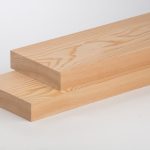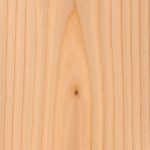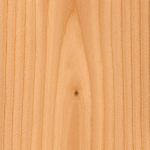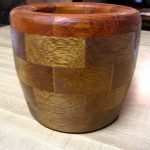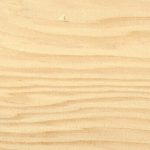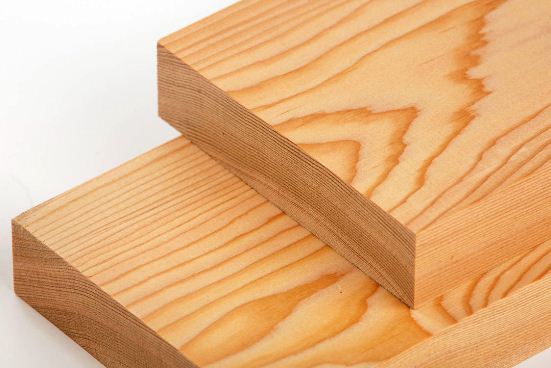
Douglas-fir
DOUGLAS-FIR
Botanical Name: Pseudotsuga menziesii (Mirb.) Franco
Douglas-fir is one of the best known wood species in the world. In British Columbia there are two varieties of Douglas-fir, Coastal and Interior. The Coastal variety occurs along the southern mainland Coast and across Vancouver Island, except for the very northern tip. The Interior variety is found throughout southern British Columbia, and as far north as the centre of the province. Douglas-fir is a large tree reaching heights of 85 metres on the Coast, and 42 metres in the Interior. Douglas-fir makes up 8.8% of the provincial growing stock.
Common Uses
Douglas-fir is primarily used for building and construction purposes due to its strength advantages and availability of large dimensions from old-growth trees. It is one of the finest timbers for heavy structural purposes, including laminated arches and roof trusses. Structurally, it is used in the form of lumber, timbers, pilings and plywood.
Douglas-fir is seen as a first class wood for the manufacturing of sashes, doors and windows. The wood is also used to produce a wide variety of products including general millwork, flooring, furniture, cabinets, veneer, vats, ship and boat construction, transmission poles, and marine pilings.
What is the difference between Coastal and Interior Douglas-fir?
Coastal Douglas-fir is a much bigger tree than Interior Douglas-fir. The timber from the Coastal trees is generally lighter in colour, and more uniform in texture than that of Interior trees. Both have the same wood properties, however, one main difference is that Interior Douglas-fir is less permeable to preservative treatments.
Douglas-fir lumber is dried according to end-use and customer specifications. Kiln drying inhibits natural staining of the wood, improves its strength and stiffness, enhances its appearance, and increases its resistance to decay and attack by insects.
Working Properties
Douglas-fir has excellent strength properties and is well known for its workability. The wood dries rapidly with small dimensional movement and little tendency to check. It is relatively easy to work, with good machining qualities. It turns, planes and shapes well and can be sanded to a smooth finish. The wood glues moderately easily, has moderate nail and good screw holding ability, and takes a good finish.


